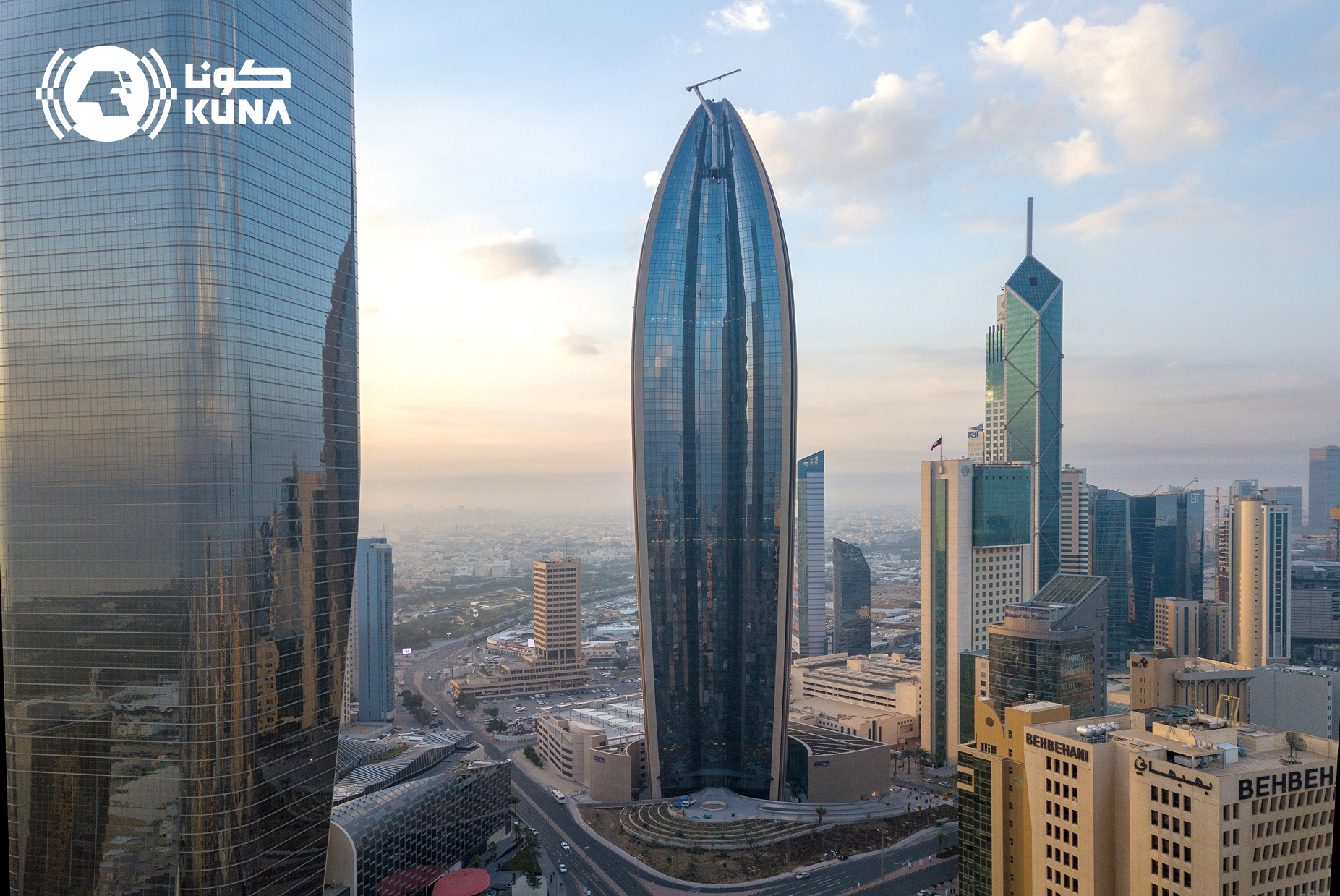LOC17:08
14:08 GMT

KUWAIT, Nov 20 (KUNA) -- Economic growth in Kuwait is expected to gain further momentum next year, after turning positive in H125 (+1.3% y/y) for the first time in two years on the back of higher oil production and improving non-oil sector activity (+2.5% y/y), according to a report released by the National Bank of Kuwait on Thursday.
The non-oil sector supported by improved business sentiment, rising investment spending and looser monetary policy. The growing investment push by both business and the government, evident in 2025 with robust corporate lending (6.1% y/y in September), double-digit real estate sales growth (up a cumulative 28% y/y over 9M2025) and stronger project awards (on track to at least match 2024آ’s solid KD2.6bn), will play an important part in the narrative going forward. "We forecast non-oil growth at 3.3% in 2026, up from 2.3% in 2025, which is also in-line with PMI readings that have consistently signaled solid expansion (53 in 2025). One weak spot has been consumer spending (proxied by cards data), which has declined in 2025," it said.
There is a good chance that this weakness begins to unwind in 2026, underpinning the improvement in non-oil activity. The external context remains challenging, though, from trade tariff frictions to geopolitical tensions, although the direct impact of these on Kuwaitآ’s economy should be limited.
Oil output to see further albeit uncertain expansion
For the first time since 2022, Kuwaitآ’s oil sector is seeing output gains as OPEC-8 unwinds two tranches of voluntary supply cuts (+263 kb/d cumulative for Kuwait) from 2023-24 to recapture market share.
OPEC-8 has paused supply increases for Q1 2026 amid signs of an oversupplied market, but Kuwaitآ’s crude production should still top 2.6 mb/d in 2026, boosting oil GDP by 5.7% from 2.4% in 2025.
Current oil capacity of around 3.2 mb/d means that Kuwait is among the few OPEC+ members able to increase volumes and stabilize the market in the event of a supply shock.
Reforms off the ground, but pace needs to pick up
The authoritiesآ’ emphasis on delivery of Vision 2035 (آ‘New Kuwaitآ’) development goals has seen movement on key infrastructure projects, such as the Mubarak Al-Kabeer port, the Al-Zour North IWPP project and housing cities.
To address fiscal sustainability, various service fees have been repriced, a 15% top-up tax on multinationals introduced and the long-delayed public debt law approved.
A housing finance law is also close to being finalized. The government recognizes that the reform pace will need to accelerate to improve the business environment, increase FDI, encourage the development of non-oil industries and raise labor force productivity. Of critical importance to lifting sustainable non-oil growth rates is reversing Kuwaitآ’s historically low investment rate, which has lagged GCC peers.
The new debt law or a previously mooted domestic investment fund could provide additional funds.
Inflation (2.4% y/y in July 2025) is projected steady at 2.4% on average in 2026, as price pressures in the food and clothing categories especially moderate further. Domestic interest rates, meanwhile, will continue to trend lower albeit perhaps more slowly than US monetary policy easing: the Central Bank of Kuwait has lowered its benchmark discount rate by a less aggressive 50 bps, to 3.75%, in the current cycle compared to the Fedآ’s 150 bps reduction.
Fiscal deficits to persist, liquidity boosted by debt law
The fiscal deficit is expected to widen over FY25-FY26 to about 4.4% of GDP on average (from 2.2% in FY24), given the likelihood of lower oil prices ($65/bbl in 2026) and still limited non-oil revenues.
That said, within the context of ongoing fiscal consolidation, spending will likely grow more gradually (1% y/y on average in FY25-FY26) compared to previous years as the government restrains public sector wage and headcount increases and strives for efficiency gains. Capex will need to increase substantially for development plan targets to be met.
Non-oil revenues, meanwhile, are being augmented by corporate taxes and higher fees and fines (worth about 0.8% of GDP per year) while implementation of excise duties and VAT (worth up to 2.4% of GDP in total) is pending.
The debt law has expanded the authoritiesآ’ financing options and alleviated liquidity pressures, with a total of KD5.5bn in public debt issued so far in 2025, including one heavily oversubscribed Eurobond ($11.3bn). This volume alone is more than sufficient to fully finance two yearsآ’ worth of our deficit estimates. Public debt has risen from 2.9% of GDP to about 14%, but is still very low by international standards.
Oil, global economy and local reforms key to outlook
Downside risks to the outlook center on lower oil prices, regional geopolitical strife or a weakening global economy, linked potentially to trade tariff tensions. On the upside, further
traction with government reforms and initiatives, such as the forthcoming housing finance law, which will stimulate credit demand and the housing sector more broadly, and higher public investment rates could materially upgrade Kuwaitآ’s outlook and strengthen its credit rating. (end)
fnk.rk